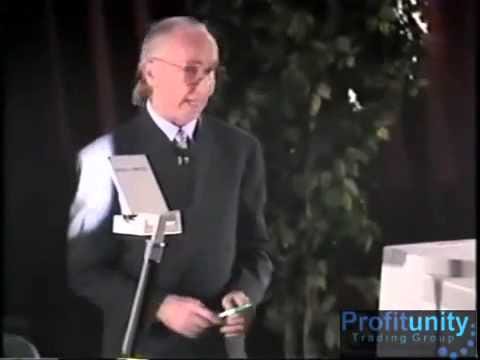Important: There is no guarantee that these strategies will have the same performance in the future. I use backtests to compare historical strategy performance. Backtests are based on historical data, not real-time data so the results shared are hypothetical, not real. There are no guarantees that this performance will continue in the future. Trading futures is extremely risky. If you trade futures live, be prepared to lose your entire account. I recommend using these strategies in simulated trading until you/we find the holy grail of trade strategy.
As a quick reminder, my goal is to find the holy grail of automated trade strategy. We haven’t found the holy grail yet, but we get closer with every strategy. Click here for the most recent performance chart. The Q3 update will be published in late September.

"...no matter how much we learn, whatever is left, however small it may seem, is just as infinitely complex, as the whole was to start with. That, I think, is the secret of the Universe." - Isaac Asimov
My husband and I are into permaculture, which is a set of design principles for land management derived from observing natural ecosystems. In our efforts to be intentional about the land we live on, it is also important to understand what processes are already at play. By working with these natural processes, we can strengthen the impact of our actions. It insulates our plans and makes them stronger so they last longer. How can you go wrong when you’ve got nature on your side?
Like nature, the market is full of market based processes and these processes are marked by certain underlying patterns.
My favorite permaculture class was taught by an astronaut. Who better to teach a class on the awareness of space and time? He asked us to form a circle while holding hands. He then told us to break hands, turn outward, and walk 10 paces. Then he told us all to sit and listen. It was the same world, but a smaller slice. The more attention we gave that smaller slice, the more it became the larger one. The market is made up of these same fractal-like structures. The more you study it, the more you’ll see the patterns. To read more about market physics read:
Ephemeral market data, such as high-frequency trading data, also follows patterns. These patterns are fleeting, but some are more persistent than others. I believe the more persistent patterns are based on market physics and therefore stronger than those patterns that may be based on data like news, position adjustments, spoofing, a spike in market orders, and certain arbitrage events. These are all fleeting imbalances.
When you set up your own forward test, you’ll see that some strategies don’t perform like the backtest and others do. You’ll notice that some strategies start to suffer from alpha decay, while others don’t. Unless you have a team of specialists cleaning data for you, you’ll also experience more noise in historical data. Another thing I’ve noticed quite recently is that some strategies shift frequencies more than others.
The current ATS Forward Test is composed of approximately 35 strategies.
Subscribers of ATS can view the forward test here;
Subscribers of ATS Mini can view the forward test here.
So the goal for Strategy 72 was to use the lessons learned in the most recent forward test to create a stronger strategy.
This is a quick overview of backtest performance for Strategy 72:
This backtest was run from 9/2022 to 9/2023. You’re looking at a portfolio strategy (long side only) with 500 trades, that made $60K net profit and had an average profit factor of 4.56. The average time in the market is 76 minutes and it has a win rate of ~66%. The average unweighted max drawdown is only $467, which is phenomenal.
If we just look at NQ, which has the highest profit factor, we get a strategy that made $15K on 1 contract based on 33 trades throughout the year. Those trades were profitable 69% of the time. While the net profit is small, the high profit factor of 7.71 allows for the use of more contracts. I would trade this strategy on 5 contracts to start and scale up from there.
Again, backtests can be misleading, so your best bet is to use the backtest to find the best strategies for your forward test and then use the results of the forward test to create your own selection process. I use profit factor and net profit as a way to gauge backtest performance. That way, even if strategies with a high profit factor—like Strategy 72—underperform, you have a nice cushion of protection. It also helps if the strategy is based on a market-based price pattern. The stronger the price pattern, the better.
Strategy 72: On The Hunt For Strong Price Patterns
There is no better set of price patterns than candlestick patterns. Yes, everyone knows about these patterns, but I would argue that this knowledge is self-perpetuating for price patterns based on market structure. That is, just because everyone is aware of a certain price pattern doesn’t mean it’s going to be exploited away. This is why Wyckoff is still taught today. Wyckoff’s price pattern is based on market physics—accumulation, consolidation, distribution. Yes, games will be played, but more often than not, the market will be on your side.
In the same way that piggybacking on the laws of nature helps to strengthen your landscape management strategy, piggybacking on the laws of market physics can strengthen your automated trading strategy. In other words, I believe certain price data is more ephemeral. The residual price patterns share this weakness. This is in contrast to price patterns that are based on market physics and therefore stronger in nature.
Now let’s get into how to recreate and/or download Strategy 72 for yourself.




